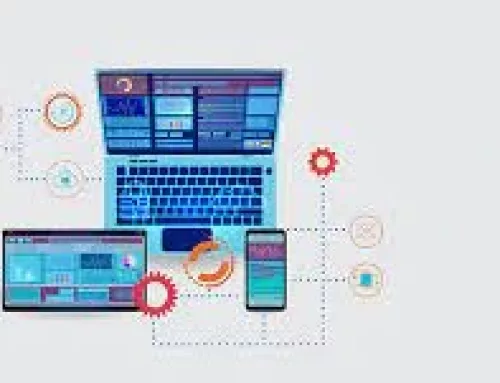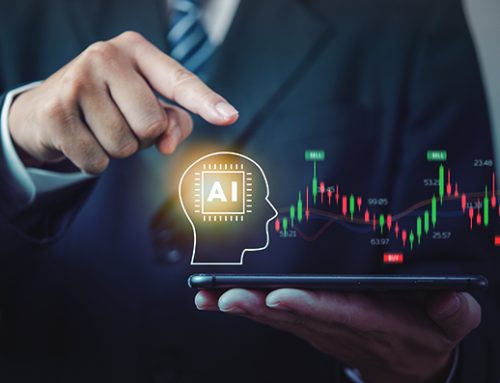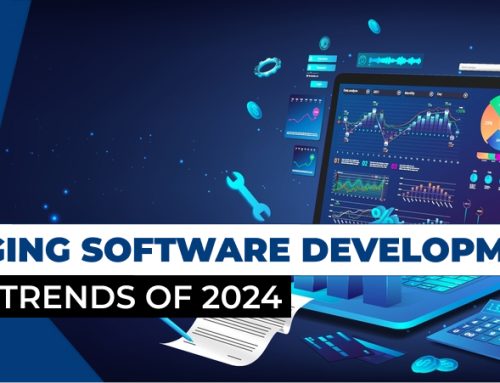The landscape of IT software development is in constant evolution, driven by technological advancements, changing user expectations, and industry demands. As we look ahead to 2024, several emerging trends are poised to shape the future of IT software development. In this exploration, we delve into key trends that organizations and developers should watch closely, offering insights into the evolving landscape of IT software development.
1. Artificial Intelligence (AI) Integration:
Artificial Intelligence (AI) continues to be a driving force in IT software development, and its influence is expected to grow even more in 2024. From machine learning algorithms to natural language processing, AI is enhancing software capabilities across various domains. Organizations are increasingly incorporating AI to optimize processes, gain actionable insights from data, and deliver personalized user experiences. As AI technologies mature, expect to see a surge in applications leveraging AI for improved efficiency and innovation.
2. Cloud-Native Development:
The shift toward cloud-native development approaches is a trend that will gain momentum in 2024. Organizations are recognizing the benefits of cloud-native architectures, which enable scalability, flexibility, and faster time-to-market. Cloud-native development involves building and deploying applications that are designed specifically for cloud environments. This approach allows developers to take full advantage of cloud services, microservices, and containerization, leading to more agile and resilient software solutions.
3. Edge Computing Solutions:
Edge computing is emerging as a key trend in IT software development, addressing the need for real-time data processing and reduced latency. As the Internet of Things (IoT) ecosystem expands, edge computing brings computation closer to the data source, enhancing the efficiency of data processing. In 2024, expect to see more IT software development companies exploring edge computing solutions for applications that require rapid decision-making and seamless user experiences.
4. Low-Code and No-Code Development:
Empowering non-developers to participate in the software development process is gaining prominence with the rise of low-code and no-code development platforms. In 2024, these platforms are expected to become even more sophisticated, allowing users with minimal coding skills to create functional applications. This democratization of development accelerates the software development lifecycle, enabling organizations to respond rapidly to changing requirements and market dynamics.
5. Progressive Web Applications (PWAs):
Progressive Web Applications (PWAs) are set to become a standard in IT software development, offering a blend of web and mobile application features. PWAs provide a seamless user experience, offline functionality, and improved performance. In 2024, expect to see an increased adoption of PWAs as organizations seek to deliver responsive and engaging applications across various devices and platforms.
6. Blockchain for Enhanced Security:
Blockchain technology is extending beyond its association with cryptocurrencies, finding applications in IT software development for enhanced security and transparency. In 2024, we anticipate an uptick in the use of blockchain for secure data storage, identity verification, and smart contract implementation. Blockchain’s decentralized and tamper-resistant nature makes it a compelling solution for addressing security concerns in various software applications.
7. Cybersecurity-Centric Development:
With the proliferation of cyber threats, cybersecurity is a top priority for IT software development in 2024. Organizations are integrating cybersecurity measures into the development process, adopting secure coding practices, and conducting thorough security assessments. As software applications become more interconnected, the emphasis on building robust and resilient cybersecurity frameworks will continue to grow.
8. DevSecOps Practices:
DevSecOps, the integration of security practices into the DevOps pipeline, is gaining traction as a best practice in IT software development. In 2024, expect to see a widespread adoption of DevSecOps methodologies, with a focus on automating security testing, code analysis, and vulnerability assessments throughout the development lifecycle. This proactive approach ensures that security is ingrained into the software development process, reducing the risk of vulnerabilities in deployed applications.
9. Continued Focus on User Experience (UX):
User experience remains a central focus in IT software development, and this trend will persist in 2024. Organizations recognize that delivering an exceptional user experience is integral to the success of their applications. Expect to see a continued emphasis on intuitive interfaces, accessibility, and personalized experiences as developers strive to create software solutions that not only meet functional requirements but also delight users.
10. Quantum Computing Exploration:
While still in the early stages, quantum computing is an area of exploration in IT software development. In 2024, we may witness increased curiosity and experimentation with quantum computing technologies. Although mainstream adoption is not imminent, early exploration and research can pave the way for innovative applications and breakthroughs in solving complex computational problems.
11. Sustainable Software Development:
Sustainability is emerging as a crucial consideration in IT software development. Organizations are recognizing the environmental impact of software applications and are making efforts to develop more energy-efficient and sustainable solutions. In 2024, expect to see a growing focus on green software development practices, including optimized code, efficient algorithms, and eco-friendly data center operations.
12. Augmented Reality (AR) and Virtual Reality (VR) Integration:
Augmented Reality (AR) and Virtual Reality (VR) technologies are finding practical applications in IT software development. In 2024, we anticipate increased integration of AR and VR into various software solutions, ranging from training simulations and gaming to collaborative work environments. These immersive technologies offer unique opportunities for creating engaging and interactive user experiences.
Conclusion:
As we approach 2024, the IT software development landscape is set to undergo significant transformations driven by emerging technologies and evolving industry priorities. From the continued rise of artificial intelligence to the increasing importance of cybersecurity and sustainability, organizations and developers have a diverse array of trends to navigate. Staying abreast of these emerging trends and strategically incorporating them into software development practices will be crucial for organizations aiming to thrive in the dynamic and competitive IT landscape.





